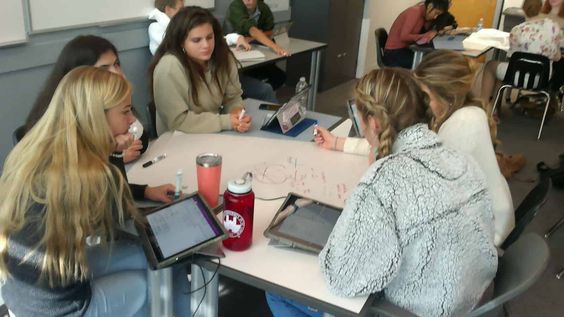In today’s complex and rapidly evolving society, the role of governors has become increasingly integral to the functioning of states. Governing over a diverse population and often vast territories, they have significant influence on matters such as healthcare, education, business, and transportation. While many see governors as essential to maintaining order and driving progress within their states, others argue that they can be a hindrance to effective governance. In this article, we will explore both sides of the debate and assess whether governors are more often help or hindrance.
On the one hand, governors can be seen as beneficial in that they are directly accountable to the electorate. With each governor elected by a majority vote within their respective state, they have a clear mandate from their constituents to implement policies that will benefit them. This direct influence over policy decisions enables governors to make changes that may otherwise not be possible if left solely to higher-level government branches.
Governors are also known for bringing diverse perspectives and local knowledge to the decision-making table. As representatives of state residents with varied backgrounds, experiences, and cultures, governors are uniquely positioned to advocate for policies that resonate with local communities’ needs and desires. This diversity of viewpoints helps ensure that paintstakingly created policies resonate with different factions within the states.
Governors often play a critical role in driving economic development in their regions. By making strategic investments in infrastructure, promoting business-friendly environments, and creating partnerships between government entities and private organizations, governors have proven instrumental in attracting new businesses. This influx of companies can lead to job creation and a stronger economy for the state overall.
However, it is worth acknowledging the potential downsides associated with having strong gubernatorial authority. One concern is the potential for policy gridlock, particularly when a governor’s party affiliation clashes with that of their state’s legislature. In such instances, ideological differences may inhibit policy development or even block legislation outright.
Furthermore, while direct accountability can be advantageous, it may also lead to biased decision-making influenced by political ambition and public opinion. With an eye on re-election, governors could prioritize short-term gains over long-term goals and make decisions that aim to increase their popularity at the expense of genuinely effective governance.
Lastly, it is crucial to consider the negative impact of corruption and undue influence on a governor’s abilities to serve the best interests of their constituents. In instances where corruption is prevalent, resources intended for the greater good may be diverted towards personal gain, ultimately hindering progress and hurting those who need help.
In conclusion, whether governors serve as a help or hindrance is primarily dependent on individual circumstances and the broader political landscape. While governors undoubtedly have the potential to drive progress and cater to constituents’ unique needs, they may also be swayed by factors that contribute negatively to society. As with any political position, understanding and critical examination of each leader’s efficacy are vital in ensuring that governors have the greatest possible positive impact on their states.











